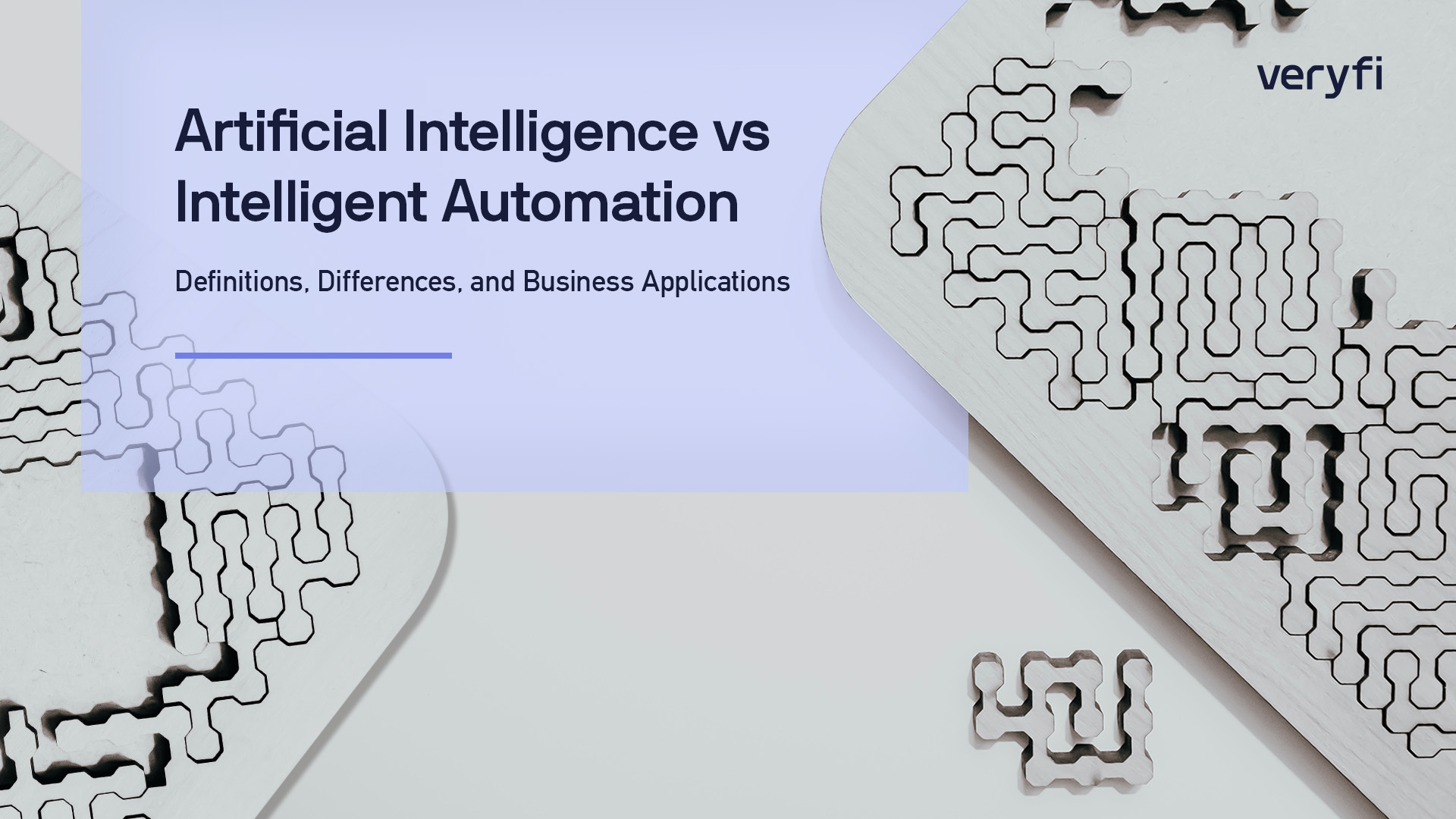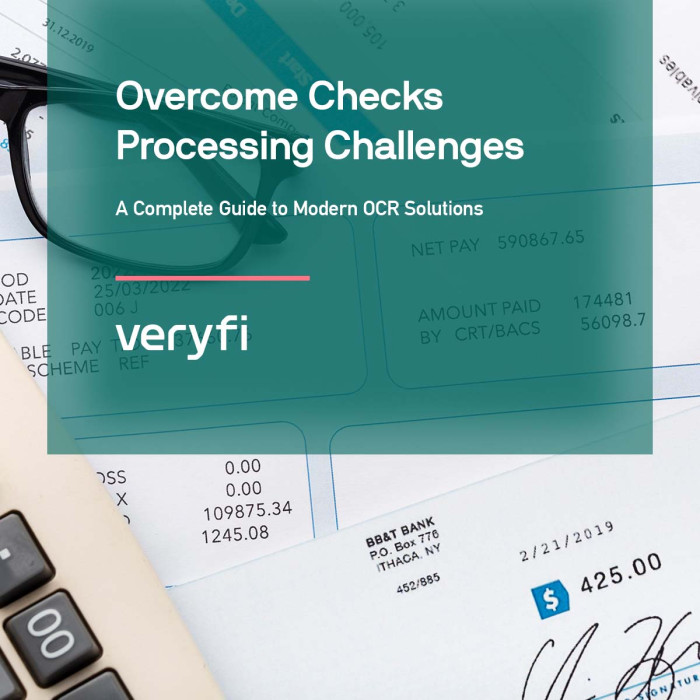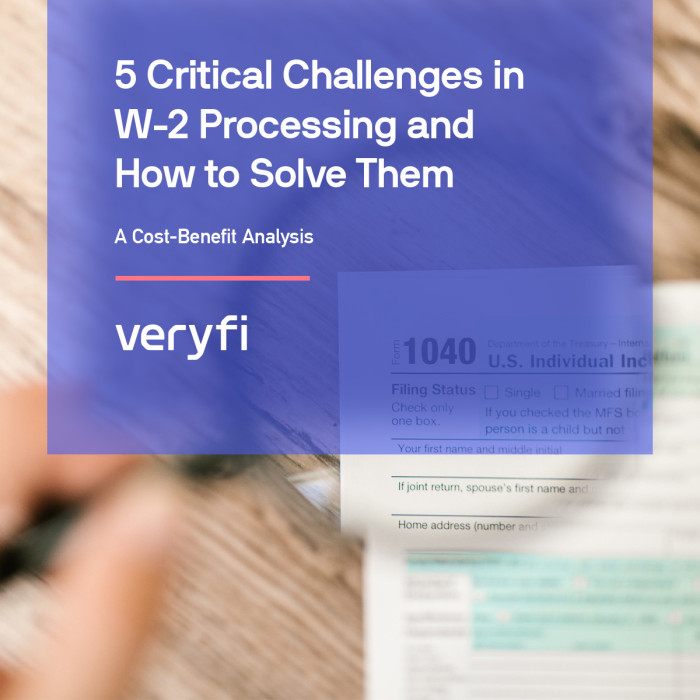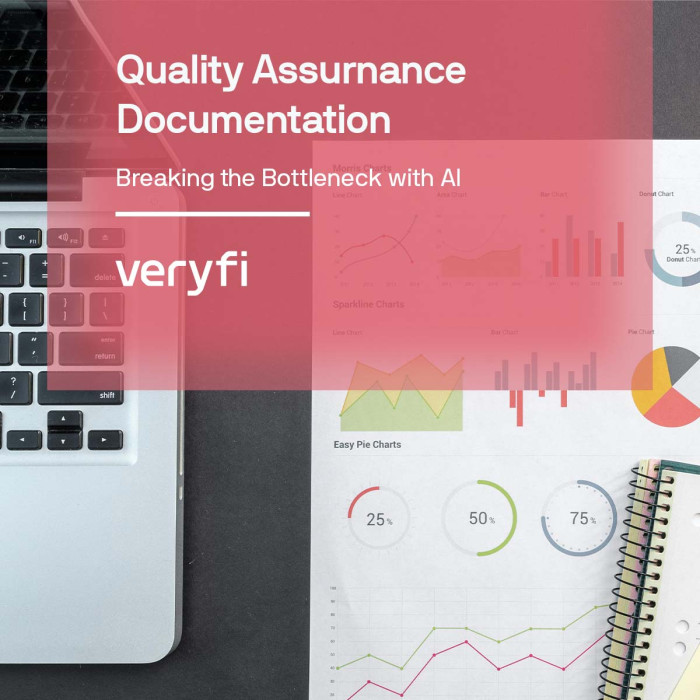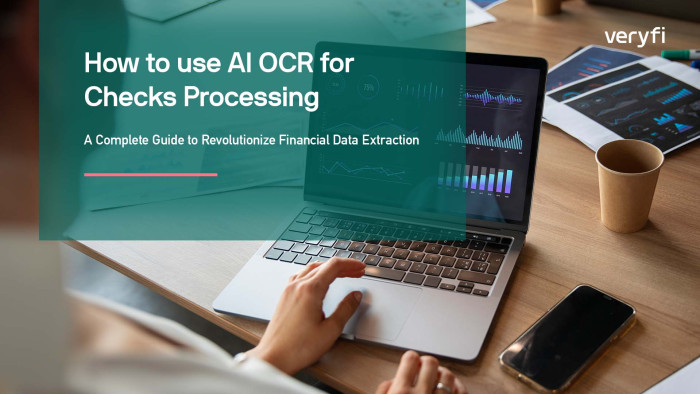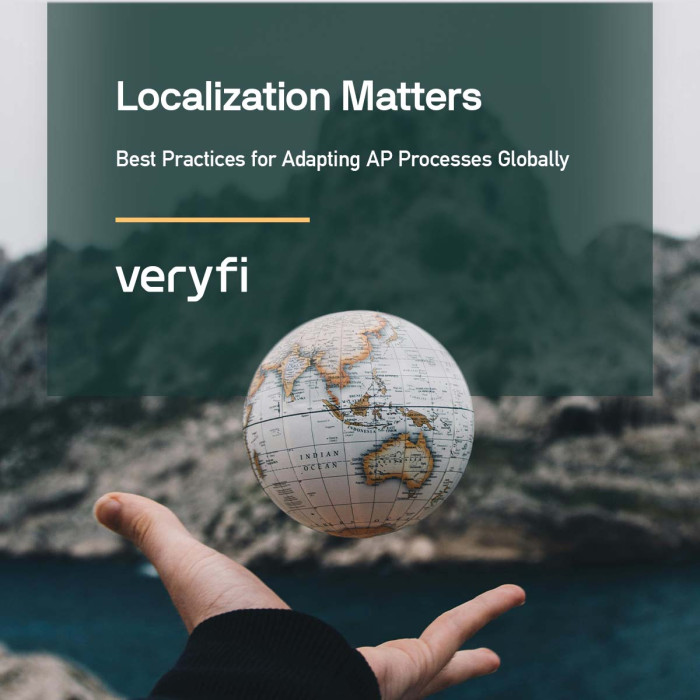Definitions, Differences, and Business Applications
Did you know that businesses spend an average of 120 hours a week on manual data entry and other repetitive tasks? That’s the equivalent of three full-time employees. With the rise of Intelligent Automation (IA), however, organizations can now automate these tedious tasks and free up their employees to focus on higher-value work. IA combines the power of Artificial Intelligence (AI) and automation to automate routine tasks, improve productivity, and generate insights.
Artificial Intelligence (AI) and Intelligent Automation (IA) are two technologies that are revolutionizing the way businesses operate. AI has the ability to perform tasks that typically require human intelligence, such as perception, reasoning, and decision-making. IA, on the other hand, combines AI and automation technologies to automate repetitive, rules-based processes. Although these terms are often used interchangeably, they refer to different concepts with different goals. Understanding the difference between AI and IA is essential for organizations seeking to improve their efficiency and productivity. In this blog, we will explore the differences between AI and IA, their applications in various industries, and how organizations can leverage these technologies to gain a competitive advantage.
A Look at Intelligent Automation
Intelligent Automation (IA) is a technology that combines artificial intelligence (AI) with automation to automate business processes. It involves the use of software robots, also known as bots, to perform repetitive, rules-based tasks such as data entry, invoice processing, and customer support. These bots can work around the clock, which helps organizations reduce the time and effort required to complete these tasks manually.
Intelligent Automation systems are designed to streamline business processes, reduce errors, and increase productivity by automating routine tasks. They can also be used to analyze large volumes of data and generate insights that can help organizations make better decisions. This technology can be applied to a wide range of industries, including finance, healthcare, manufacturing, and customer service.
It’s worth noting that Intelligent Automation is often associated with Robotic Process Automation (RPA). Whereas RPA typically concentrates on automating routine tasks that involve following set rules, IA leverages AI, machine learning, natural language processing, structured data interaction, and intelligent document processing. You can think of RPA as the “automation” arm that makes up the Intelligent Automation system. We’ll show the relationship between the two further down.
How Intelligent Automation Helps Businesses
IA uses different types of AI, including machine learning, natural language processing (NLP), and cognitive computing, to automate tasks that require human-like intelligence. Machine learning algorithms enable bots to learn from historical data and improve their performance over time. NLP allows bots to understand and interpret human language, making it possible to automate tasks such as customer service and support. Cognitive computing enables bots to perform complex tasks such as decision-making and problem-solving.
Automate Tasks
Intelligent Automation is a powerful technology that combines AI and automation to automate routine tasks, improve productivity, and generate insights. By automating these tasks, organizations can free up their employees to focus on higher-value tasks, ultimately leading to increased efficiency and competitiveness.
Benefits Across Different Industries
Intelligent Automation (IA) can bring a range of benefits to businesses across different industries. Here are some of the ways IA can help:
- Cost savings: By automating repetitive and time-consuming tasks, businesses can reduce labor costs and improve operational efficiency.
- Increase productivity: IA can perform tasks faster and more accurately than humans, allowing organizations to complete more work in less time.
- Improve accuracy: IA can reduce errors and improve data accuracy by automating data entry and other repetitive tasks.
- Enhance customer experience: By automating customer service and support, IA can provide round-the-clock assistance to customers and improve response times.
- Data analysis and insights: IA can analyze large volumes of data and generate insights that can help organizations make better decisions.
- Scalability: IA can easily scale up or down to meet changing business needs, making it a flexible and cost-effective solution.
- Compliance: IA can help organizations comply with regulatory requirements by automating compliance-related tasks and reducing the risk of errors.
Overall, IA can help businesses improve their bottom line by reducing costs, improving productivity, and enhancing the customer experience. It can also provide valuable insights that can help organizations make better decisions and stay ahead of the competition.
The Difference Between AI and Intelligent Automation
Artificial Intelligence (AI) and Intelligent Automation (IA) are two related but distinct technologies. While both involve automation and the use of advanced algorithms, they differ in their scope and functionality. AI involves the development of algorithms and models that can perform tasks that typically require human intelligence, such as visual perception, speech recognition, and decision-making. AI can be used to automate tasks such as image and speech recognition, natural language processing, and predictive analytics.
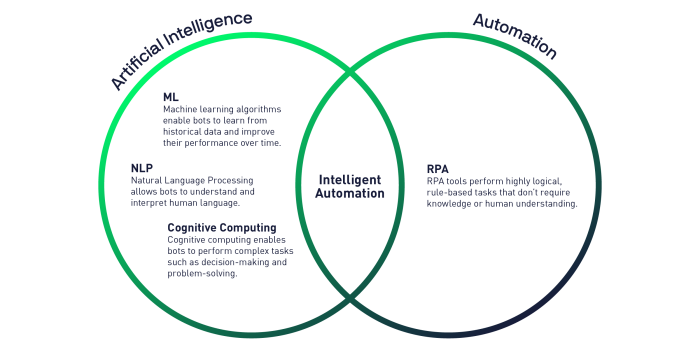
IA, on the other hand, combines AI with automation to automate routine and repetitive tasks. IA can automate tasks such as data entry, document processing, and customer service, allowing organizations to reduce costs, improve productivity, and enhance the customer experience.
In other words, AI focuses on replicating or augmenting human intelligence, while IA focuses on automating routine tasks to improve efficiency and productivity. While both technologies can bring significant benefits to businesses, they are best used in different contexts and for different purposes.
Bring Your Business into the Future
One of the biggest barriers for businesses to adapt to modern technology is their dependence on manual tasks, particularly data entry. With the introduction of OCR (Optical Character Recognition) scanners and algorithms, translating unstructured data into structured data became more possible. With companies doing business globally, however, the need for data extraction in different languages, currencies and document formats is critical for business success. Scanners and templates are not enough. This is where OCR technology provides a giant leap.
Read the History of OCR, From Its Origins to Modern Applications
OCR, when paired with mature, pre-trained neural networks, creates models that are the backbone of modern intelligence tools. These tools are analyze information, making decisions and predictions, and providing valuable insights.
So if you want a better OCR tool for data extraction, you need the best AI driving it. Veryfi OCR API Platform extracts, categorizes, and enriches all the details from unstructured consumer purchase receipts, invoices, and bills down to line items (SKU-level purchase data) at scale, without the use of traditional limitations like templates or humans-in-the-loop.
With Veryfi, a picture/scan of a document like a receipt is taken using the Veryfi Lens app (a scanned document) and the OCR platform then pulls out data the user has deemed relevant. This can also happen with existing photo files or PDFs that are emailed to your Veryfi account. Once the transformation happens, the data is available for bookkeeping or business intelligence.
Our OCR tool is powered by AI with over 5 years of training from hundreds of millions of documents. If you would like to see a demo, contact us.
